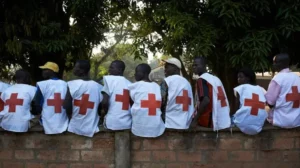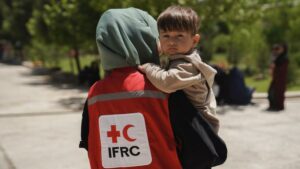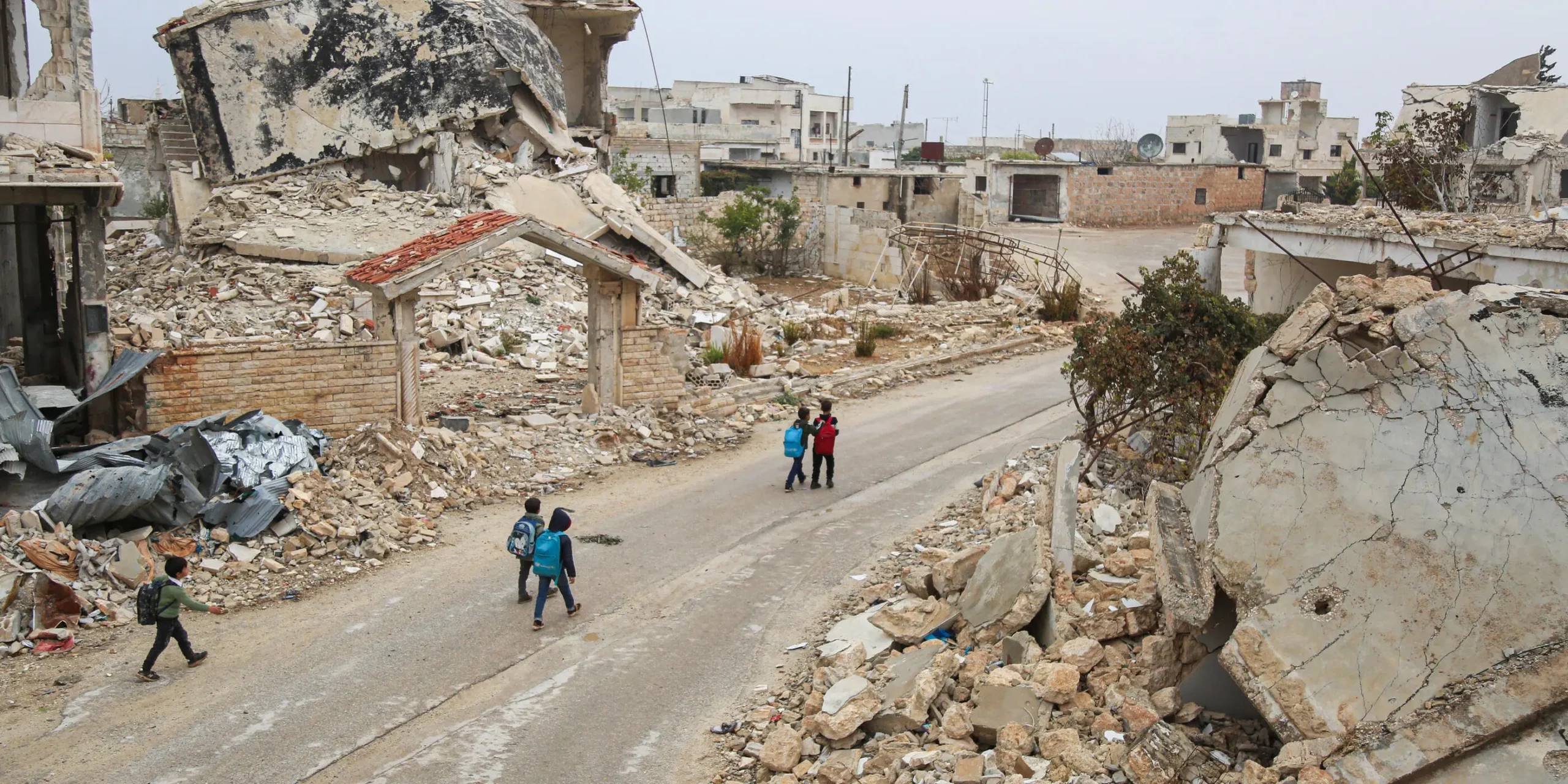The progression from conflict situations marked by humanity’s suffering to the aftermath, characterized by the transition to peace, introduces a myriad of challenges and variables that shape the post-conflict landscape.
In each phase, from initial skirmishes to full-blown conflict, and ultimately to achieving sustainable peace, every participant plays a distinct role. For instance, multilateral organizations such as the United Nations and its agencies engage in a spectrum of activities, ranging from providing humanitarian aid to war victims to facilitating behind-the-scenes diplomatic efforts for potential ceasefires. Simultaneously, various organizations and humanitarian aid workers, spanning regional, national, and international non-governmental sectors, operate in conflict-ridden areas with the goal of making a positive impact.
International Committee of the Red Cross
Since its establishment in 1863 following the Battle of Solferino, the organization has consistently pursued its fundamental mission of safeguarding and providing assistance to the victims of armed conflicts.

The society has played a crucial role in advocating for fostering the evolution of International Humanitarian Law (IHL), promoting humanitarian initiatives worldwide, and contributing to the development of the Geneva Conventions and the subsequent two additional Protocols.
The International Federation of Red Cross and Red Crescent Societies
The expansive humanitarian movement, boasting approximately 16 million volunteers, members, and staff across the globe, stands as the largest humanitarian network. Encompassing the efforts of the Red Cross and Red Crescent in more than 191 nations, this collective works collaboratively to preserve lives.

Image Credits: IFRC/ Meer Abdullah
Their actions extend to addressing disasters, conflicts, and social issues, with engagement occurring both before, during, and after such events. These societies are dedicated to enhancing global humanitarian standards and urging leaders to prioritize the welfare of vulnerable populations.
International Rescue Committee
Established in response to Albert Einstein’s appeal in 1933, this international humanitarian organization is dedicated to aiding individuals affected by crises, including those impacted by the climate crisis. Its mission revolves around facilitating survival, recovery, and the rebuilding of lives.
Currently active in over 50 crisis-affected countries worldwide, as well as communities across Europe and America, the organization operates with a global team of 17,000 staff members. It focuses on five key areas: ensuring safety, improving health, expanding access to education, promoting economic well-being, and facilitating effective decision-making. Additionally, the organization implements unique programs designed to address the disproportionate effects of displacement on women and girls.
Doctors Without Borders or Médecins Sans Frontières is an international non-governmental organization of French origin, established in 1971. Its primary mission is to deliver medical assistance in conflict zones, disaster-stricken areas, and regions affected by endemic diseases. The organization was founded by a collective of doctors and journalists in response to the war and severe famine in Biafra, Nigeria.
Currently, it extends humanitarian medical assistance to over 75 countries, adhering to core principles of impartiality, independence, and neutrality. Doctors Without Borders strongly advocates for the belief that everyone should have access to healthcare without discrimination based on gender, race, religion, creed, political affiliation, or national boundaries.
A worldwide collective effort of individuals committed to combating inequality, aiming to eradicate poverty and injustice, operates across diverse regions in 87 countries. With a substantial membership and workforce, this movement actively confronts entrenched social and economic inequalities to foster sustainable solutions. Rejecting the notion that inequality is inevitable, the organization pursues a comprehensive, multi-dimensional approach in its pursuit of a more just and equitable world.

